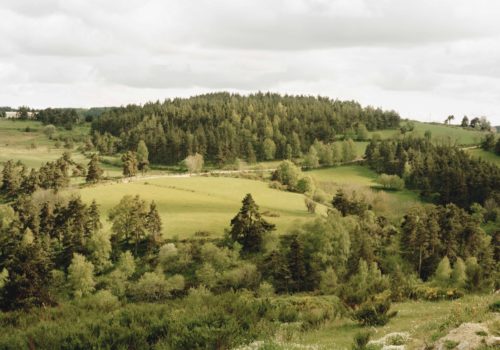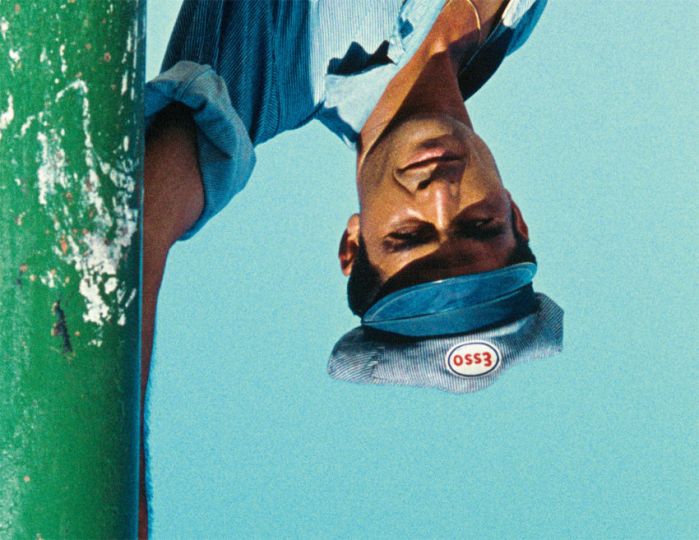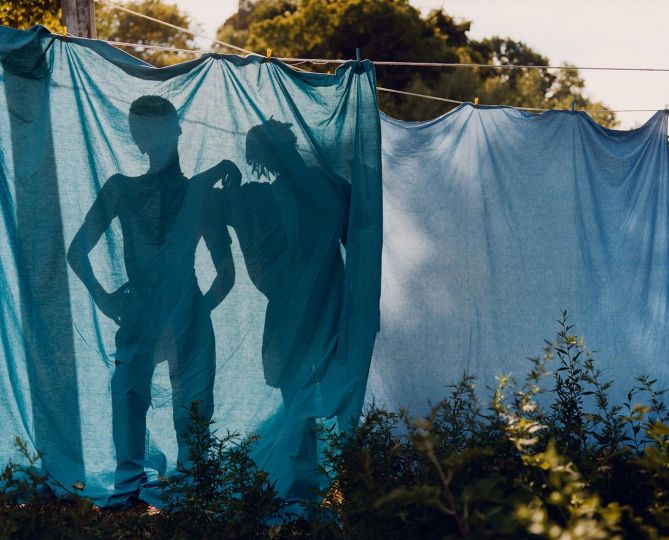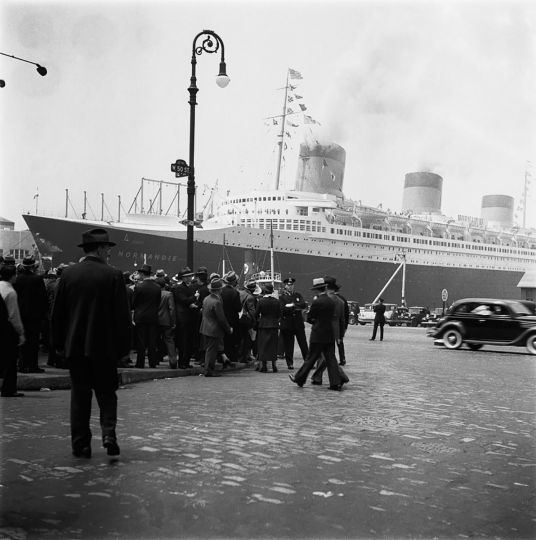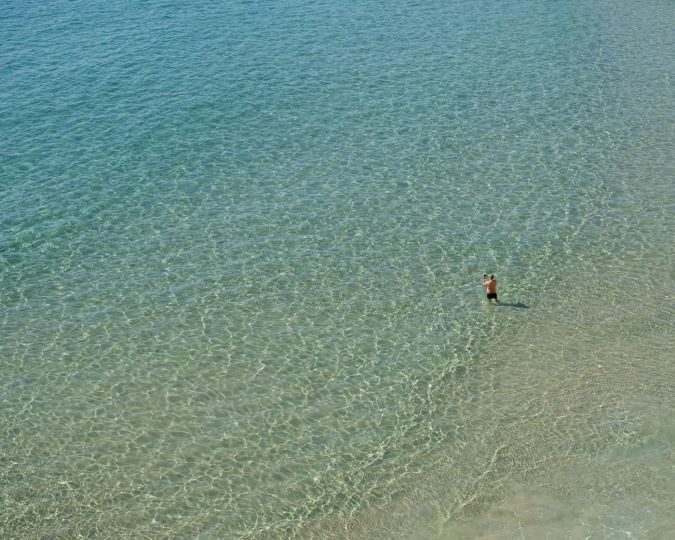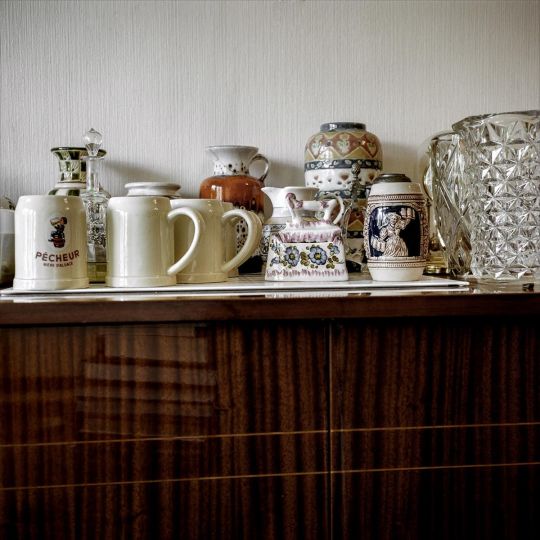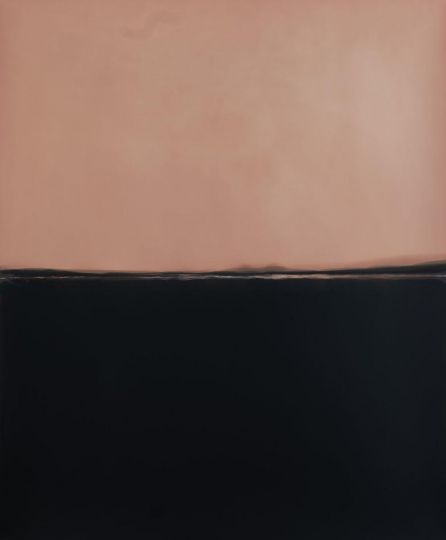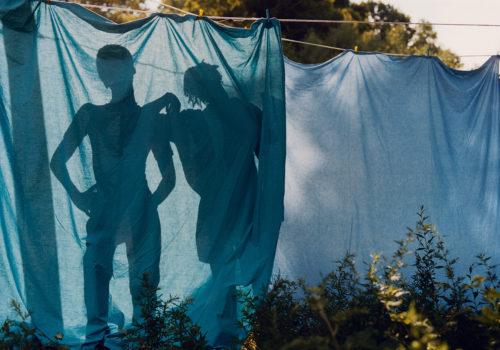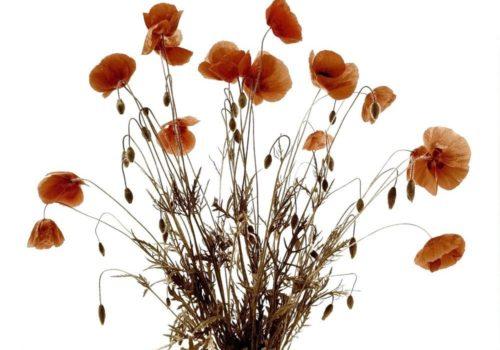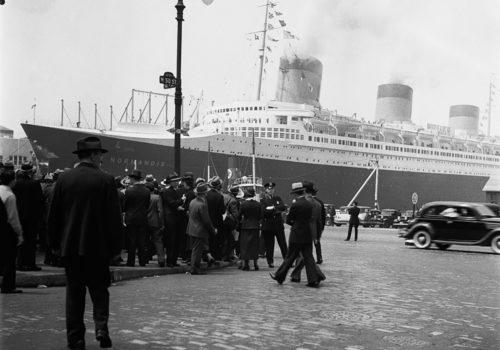In 2016, the Parisian photo lab Picto created a photography endowment fund to encourage and support progress in photography and image-making. Together with Picto, The Eye of Photography takes a look at this endeavor. Vincent Marcilhacy, director of Picto, answers our questions.
Could you outline the Picto Foundation’s goals and its evolution since last year?
The Picto Foundation is above all the fruit of an identity and of an heritage, and the desire to offer long-term support to photographers within their profession. Created at Philippe Gassmann’s initiative, the endowment fund overlaps with Picto’s singular culture where passionate skills and exchanges serve as guides to a large number of projects. We have tried to focus our energies on programs encouraging the public recognition of photographers and the preservation of their works.
The “Promotion of Photography” component aims to foster the emergence and recognition of artists. It combines a series of Awards created or supported by the endowment fund. These include historical awards, such as Prix Picto de la Mode [The Picto Fashion Prize] to which we have given a fresh impetus this year, as well as awards sponsored more recently, such as the Prix Niepce and the Prix de la Photo Madame Figaro.
We also aim to facilitate the visibility of photographers’ work. The “Sharing Photography” component involves supporting exhibitions and publications. It covers the Rencontres de la Photographie, the Promenades Photographiques de Vendôme, Paris Photo, and select publishers whose approach deals with the photographic object.
Lastly, the dimension that is particularly close to my heart, we focus much attention on “Preserving Photography.” The idea is to defend the profession and its techniques and practices. This may take, for example, the form of a collection of artists’ editions or of initiatives supporting students in photography and visual art schools.
The Picto endowment fund sponsors the Niepce Prize. What is the purpose of this commitment?
We are very proud to have embarked on the adventure of the Prix Niepce. While photographers need support to be discovered, it is also important that we are present to give their careers a fresh start. This is in a sense the Man Booker Prize of photography and we are committed to it in the long term.
For the Prix Niepce, we decided to establish a new endowment. Every year, we ensure, jointly with the award winner, the conception and production of a limited edition of artist’s objects based on a series chosen with the award winner and using all the resources available in our lab. The first artist’s project, D’ARGILE, was created in 2016 with Laurene Leblanc. We are currently working with Olivier Culmamm on creating a new edition to be showcased at Paris Photo.
The creation of this structure of patronage seems to lend a heritage dimension and a clear image to your company. Would it be fair to talk about a desire to congregate and grow at a time when the function and the services of a photo lab need to be reinvented?
There are actually two ways of answering this question…
Since the lab was first created in the 1950s, Picto has had the ambition to be a cultural broker and a service platform for photographers. Long driven with the maxim, “Seeing through the other’s eyes,” the lab has focused on developing a better understanding of, and building a constructive dialog with, artists. In that sense, the creation of the Picto Foundation was motivated by the lab’s own heritage, and it deploys philanthropic strategies, taking advantage, among others, of the endowment fund.
You are right, however, that we must innovate and congregate! Photographers need support in order to be able to produce, exhibit, and make a living with photography. In turn, photography, which is their craft and their trade, has acquired a universal scope, reaching large and diverse audiences, from the general public to BtoB. The role of endowment fund such as Picto’s is to combine forces to foster creative projects in the service of photographers and their accompanying partners.
The Picto Foundation brings together several donors who support the programming either transversally or on a one-off basis. This is true for instance of the accounting firm Exelmans, which has joined us recently as a sponsor of the Award component. This year, we also benefit from the support of Hexis and Hahnemühle in the context of a program developed with Paris Photo and Gares & Connections for European students enrolled in photography schools.
Could you tell us more about this new program, Carte Blanche Étudiants 2017, carried out with Paris Photo and Gares & Connection?
The project was conceived jointly with Paris Photo in order to foster the integration of emerging talents into the world of art after their graduation from photography and visual art schools. The idea was then submitted to Gares & Connections, which quickly came onboard to allow a public presentation of the project as part of a large exhibition at the Gare du Nord next October and November.
Four young artists will be selected to present a project of their choice, following a call for submissions sent out to some fifty European schools of photography. In conjunction with the installation of their works, the photographers will be featured at Paris Photo and invited to meet various photography professionals.
We are particularly committed to this teaching aspect and to the transmission of knowledge to the next generation which is the core of our profession. For several years now, Picto has been reaching out to over forty schools of photography to offer their student body and faculty members access to the lab’s online services on preferential terms. This year, the Picto Foundation has also joined forces with Campus Étudiants set up by the Promenades Photographiques de Vendôme, by connecting them with one of the lab’s production managers tasked with helping students create their own exhibitions.
The Prix Picto de la Mode is celebrating its twentieth anniversary this year. How do you interpret the award’s longevity? Do you have a particular vision for future development?
The Prix Picto de la Mode has gained momentum over the years. A number of award-winning photographers are now pursuing interesting careers in the fashion and luxury goods industry, as well as in the world more closely connected with exhibitions and the art market. One example that comes to mind is the talented Charlotte Abramow, who won the 2014 award, or the special mention of 2007, Kourtney Roy, whom we have since encountered at numerous festivals, events, and in the context of other awards.
The success of the Award has been made possible by the presence of such loyal partners as the Parisian club Pan Piper, which had hosted the award ceremony over the recent years, and JCDecaux which has ensured an exceptional visibility of the award winner. This success, coupled with the expectations of the photographers, has motivated us to take the Prix Picto de la Mode to the next level on the occasion of its twentieth edition. The Palais Galliera, the City of Paris Fashion Museum, adds its support this year to host the Award gala and work with the jury to select the three award winners. The winning works will become part of the Palais Galliera’s public photography collection. We are very pleased with this association, which lends the Prix Picto de la Mode, and by extension the photographers, a strong institutional dimension.
The visibility of the Award will also be reinforced with the help of two media partners. Madame Figaro remains committed following a first year of collaboration, while Fisheye joins the Award with the prospect of an original forum for the winners.
You have also recently created a collection of artists’ objects that make use of photography. What could you tell us about it?
Curiously enough, few photo labs had ever built a photography collection. This is undoubtedly consistent with the primary artisan calling, namely to offer services tailored to the customer’s needs. The question becomes more pertinent insofar the role of a lab is also to be involved in the preservation of a medium whose latest technological innovations have imperiled some of the practices of the profession.
The collection constituted by the Picto Foundation will of course include some prints. However, faced with a multitude of private collections that have been around for a few years, most notably those created at the initiative of corporations or their foundations, we looked to see whether there was a more singular initiative within our reach.
More and more artists, gallery owners, and publishers envision and produce limited edition artists’ objects. These objects both satisfy a demand for new, more accessible works and respond to a tendency among artists themselves who are keen to take advantage of new media and new visual languages. We have thus naturally turned toward seeking out artists’ objects that use photography in all modes of reproduction.
Parallel to our efforts to build the collection over the next few years, we also aim to valorize and preserve the know-how integral to running a photographic laboratory.
The 48th edition of the Rencontres de la Photographie d’Arles kicks off today. Picto is one of the event’s partners. What are your goals in the context of the festival?
We are very involved with the Rencontres de la Photographie. The values of enthusiastic participation and unbridled creativity promoted by Sam Stourdzé and his team are also our own.
The role of the Picto Foundation in the festival is, above all, to be available and proactive in order to best meet the needs and expectations of exhibited artists. The diversity of the skills and techniques available at Picto allows us to envisage multiple scenarios, whether in terms of traditional darkroom prints, wallpaper, or prints on rigid media…
Every exhibition is yet another occasion for shared pleasures. This year, we have decided to showcase the exhibition of Mathieu Pernot. The artist has revisited his series devoted to the Gorgan family of Arles Gypsies whom he has followed for twenty years. He met the Gorgans in 1995, while studying at the École Nationale Supérieure de la Photography (ENSP) in Arles. “Face to face. And hence, side by side”: with his exhibition, Les Gorgan, Mathieu Pernot invites us to explore a very special relationship. It is precisely this kind of complicity and loyalty that we like to maintain with photographers and issues central to the profession.
Interview conducted by Jonas Cuénin
For more information, visit the Picto Foudation at
http://www.picto.fr/pictofoundation/

